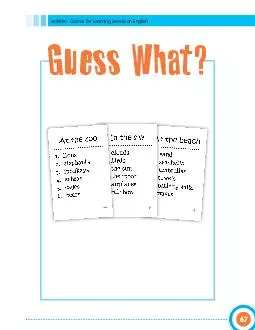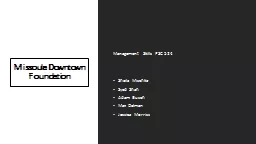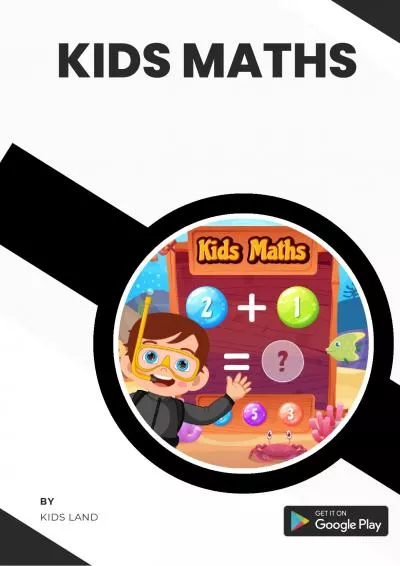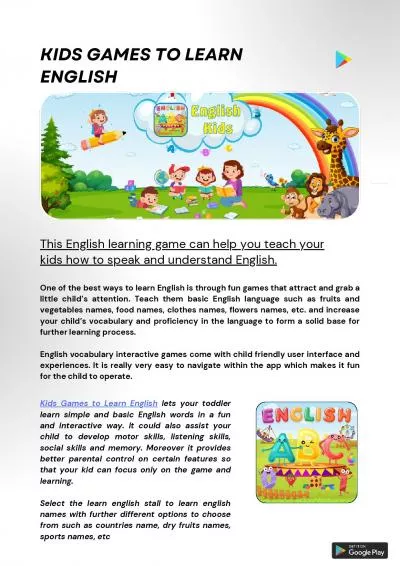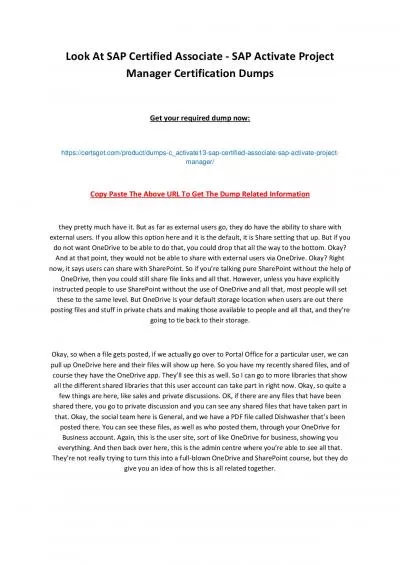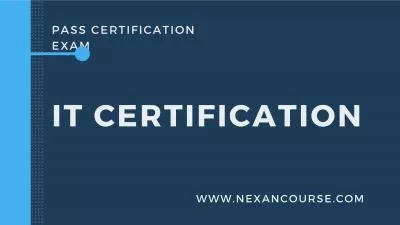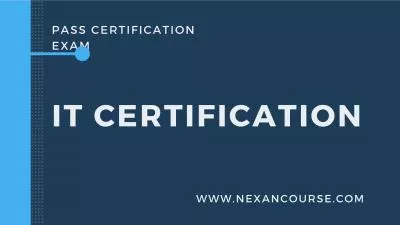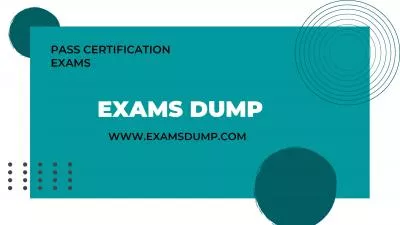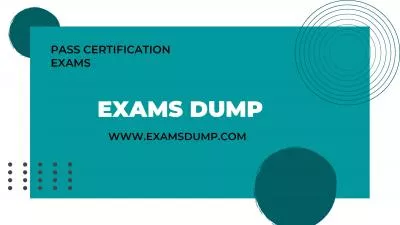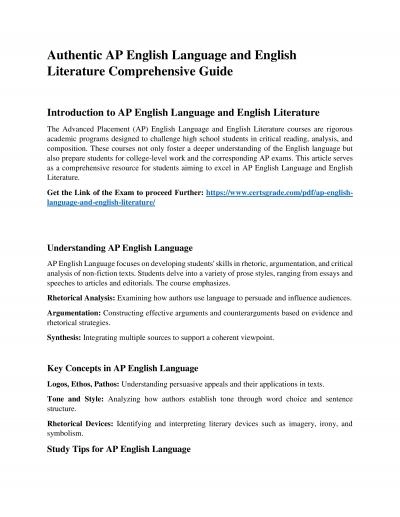PDF-Activate: Games for Learning American English
Author : olivia-moreira | Published Date : 2016-05-27
67 Guess What 68 ABOUT GUESS WHAT cards can be used for a variety of games in the classroom to provide an opportunity for students to practice making deEnglish vocabulary
Presentation Embed Code
Download Presentation
Download Presentation The PPT/PDF document "Activate: Games for Learning American En..." is the property of its rightful owner. Permission is granted to download and print the materials on this website for personal, non-commercial use only, and to display it on your personal computer provided you do not modify the materials and that you retain all copyright notices contained in the materials. By downloading content from our website, you accept the terms of this agreement.
Activate: Games for Learning American English: Transcript
Download Rules Of Document
"Activate: Games for Learning American English"The content belongs to its owner. You may download and print it for personal use, without modification, and keep all copyright notices. By downloading, you agree to these terms.
Related Documents

